
The Struggle for Catalonia
Rebel Politics in Spain
Recommendation
As Catalonia’s independence fight burst into the headlines in 2017, even sophisticated observers of international politics scratched their heads about why residents of Barcelona and the surrounding region were keen to secede. Swiss journalist Raphael Minder’s well-timed study provides background and context for this question. Catalans resent Spain’s continual financial and economic mismanagement. Local feelings still fester from Spanish dictator Francisco Franco’s decades-long repression of Catalan culture and language. Catalans bristle at corrupt politicians in Madrid extracting more tax dollars from Catalonia than they return. Unfortunately, this nuanced debate so lacks drama that Minder struggles to convey the dispute in a compelling way. This isn’t Bosnia, Rwanda or Syria: Race and religion don’t apply, bloodshed is rare, and the line between heroes and villains is unclear. getAbstract finds that Minder does an admirable job of laying out a thorough history for readers who want to make sense of Catalonia’s past and present political fights.
Summary
About the Author
Swiss journalist Raphael Minder covers Spain for The New York Times. Before joining The Times in 2010, he covered Paris, Brussels, Sydney and Hong Kong for the Financial Times.


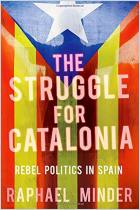
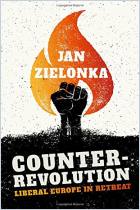
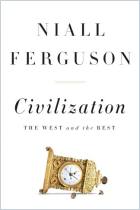
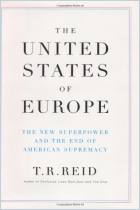

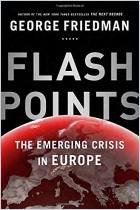


Comment on this summary